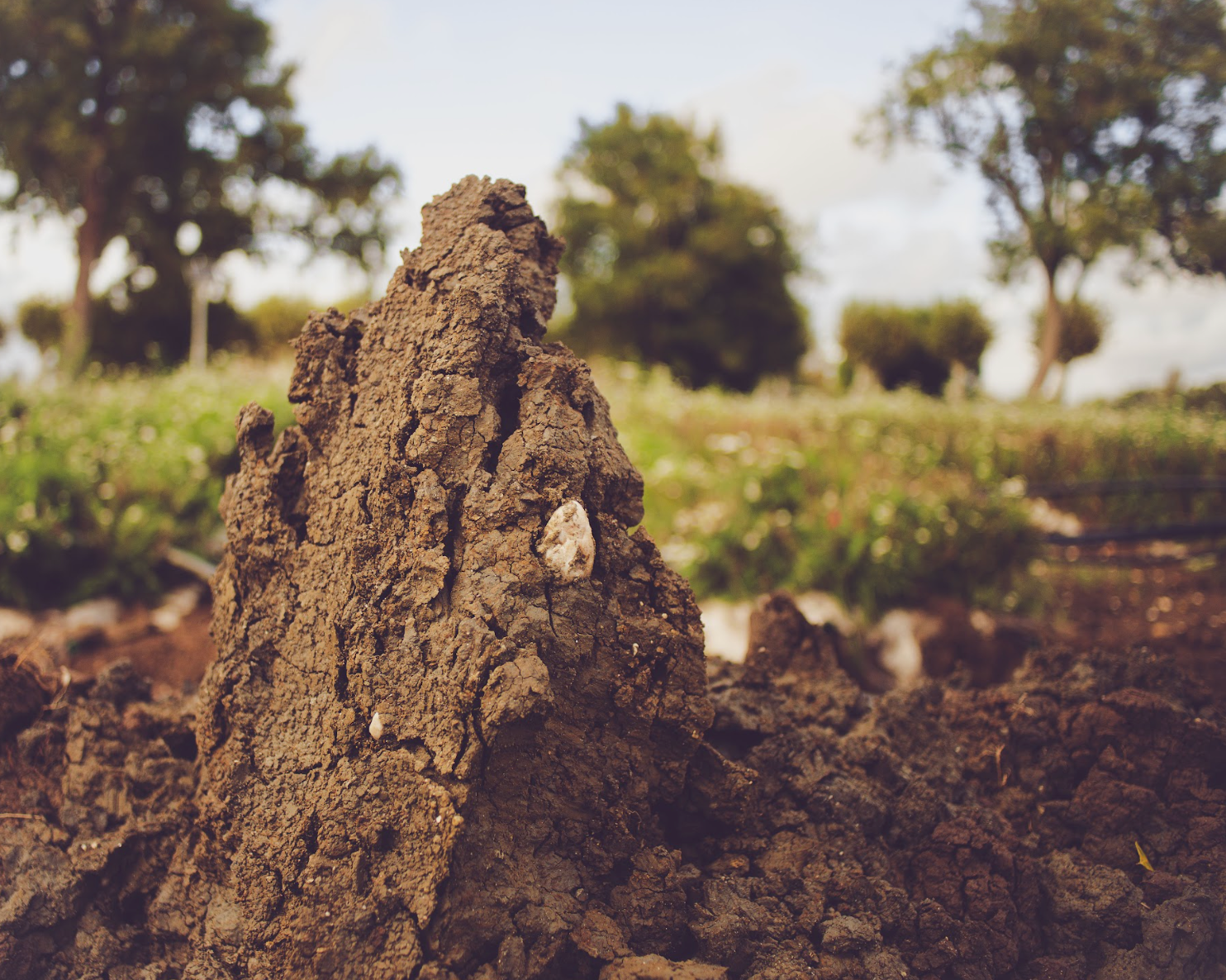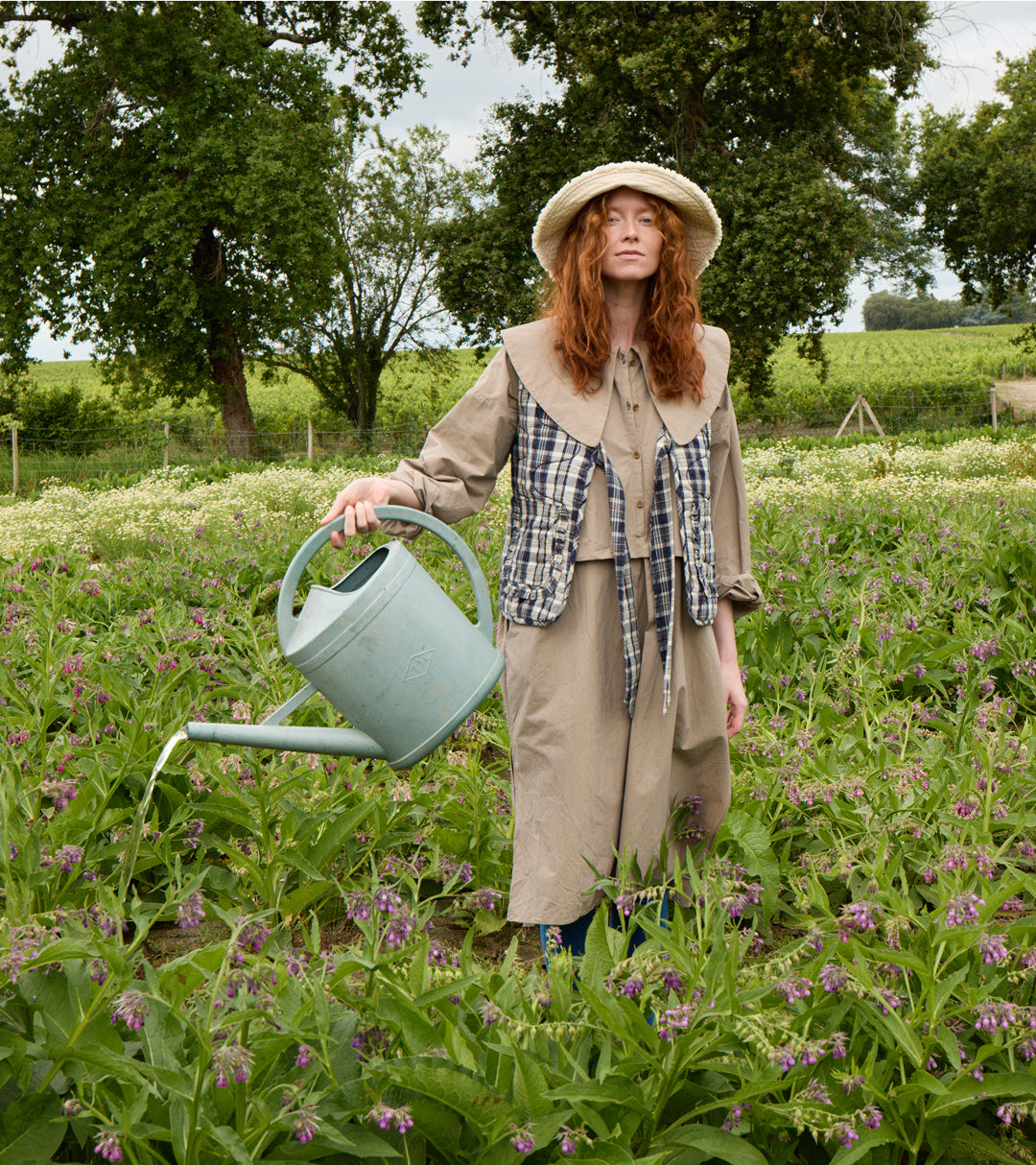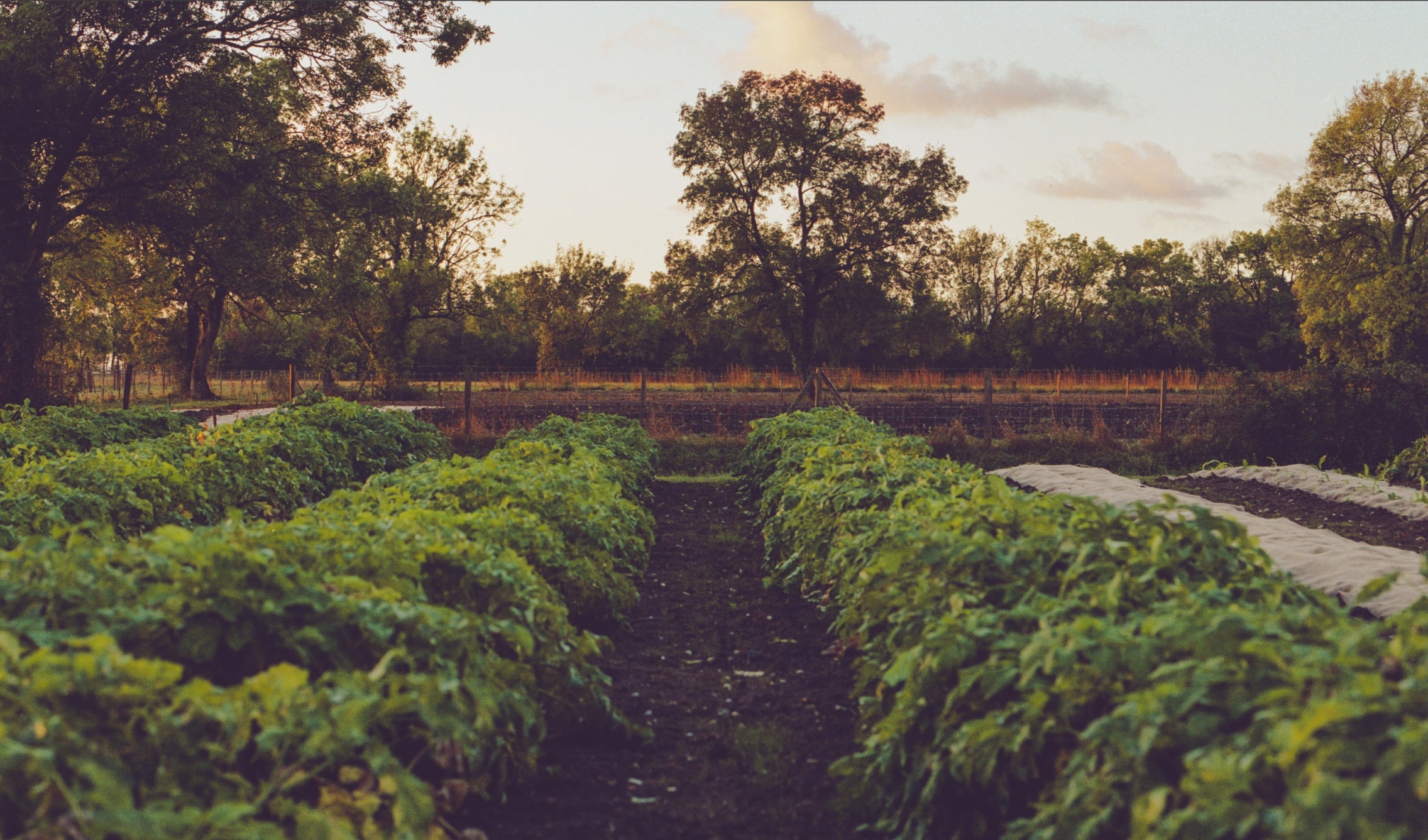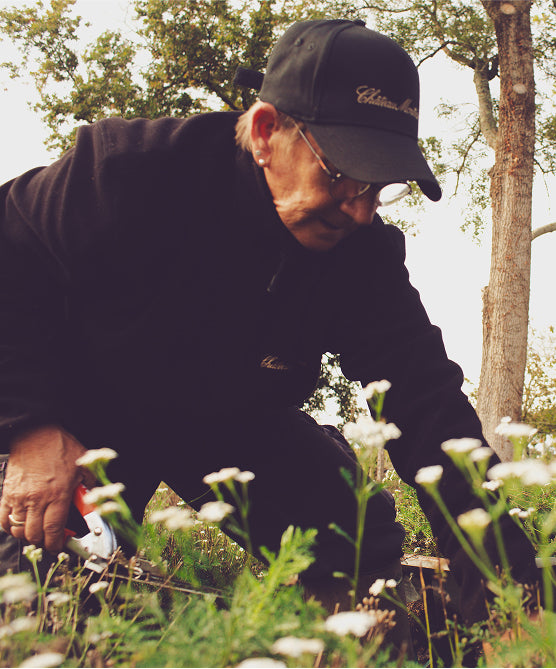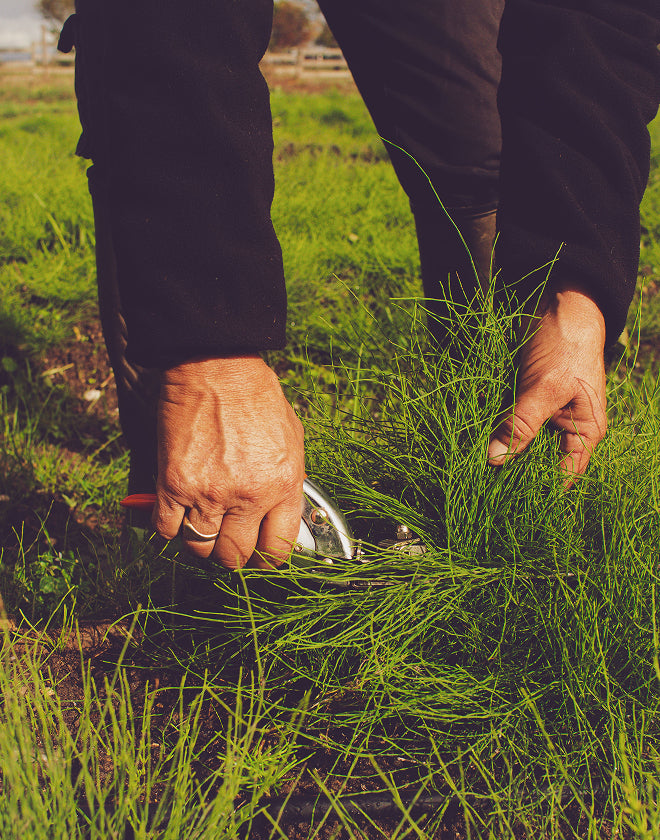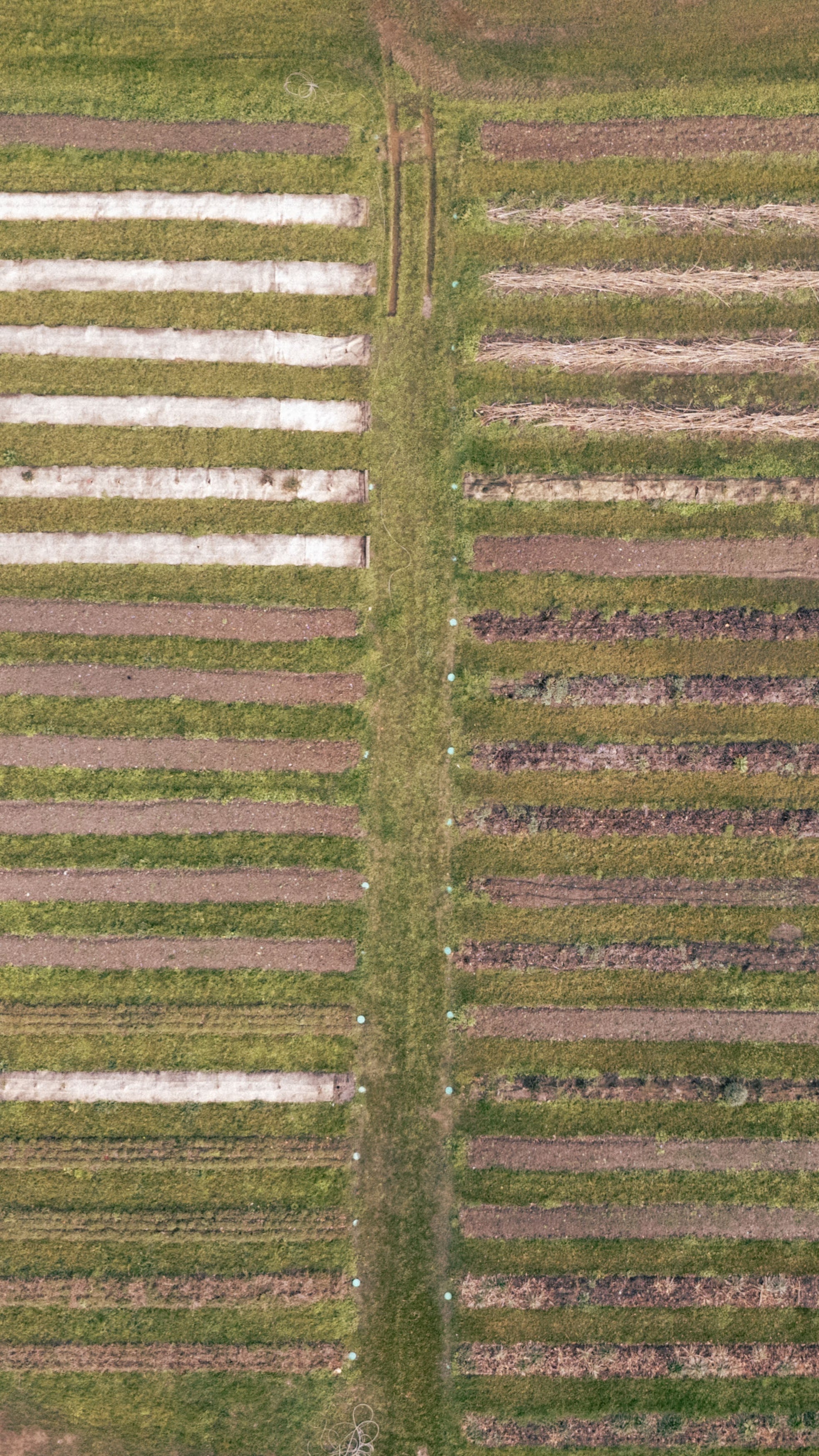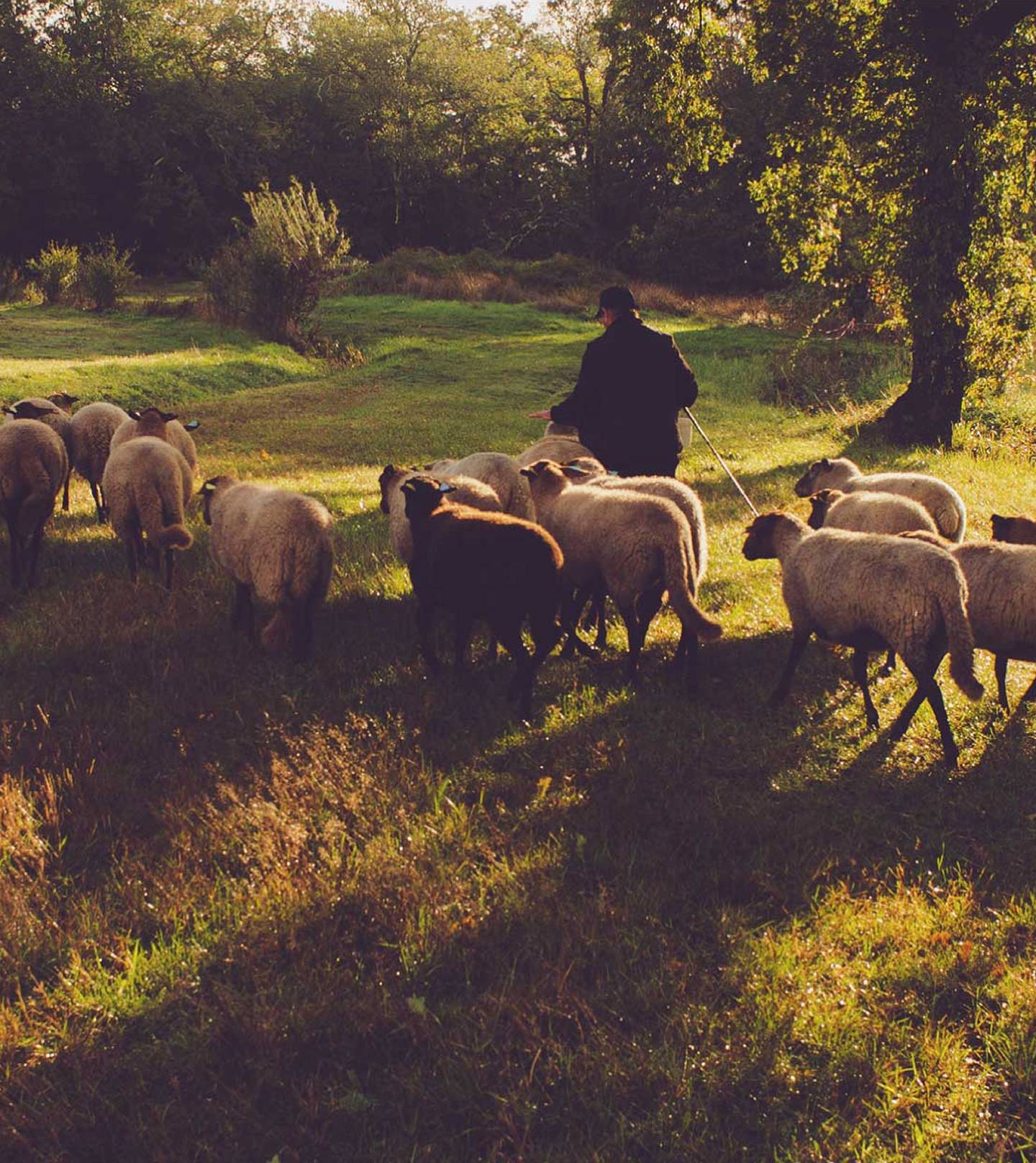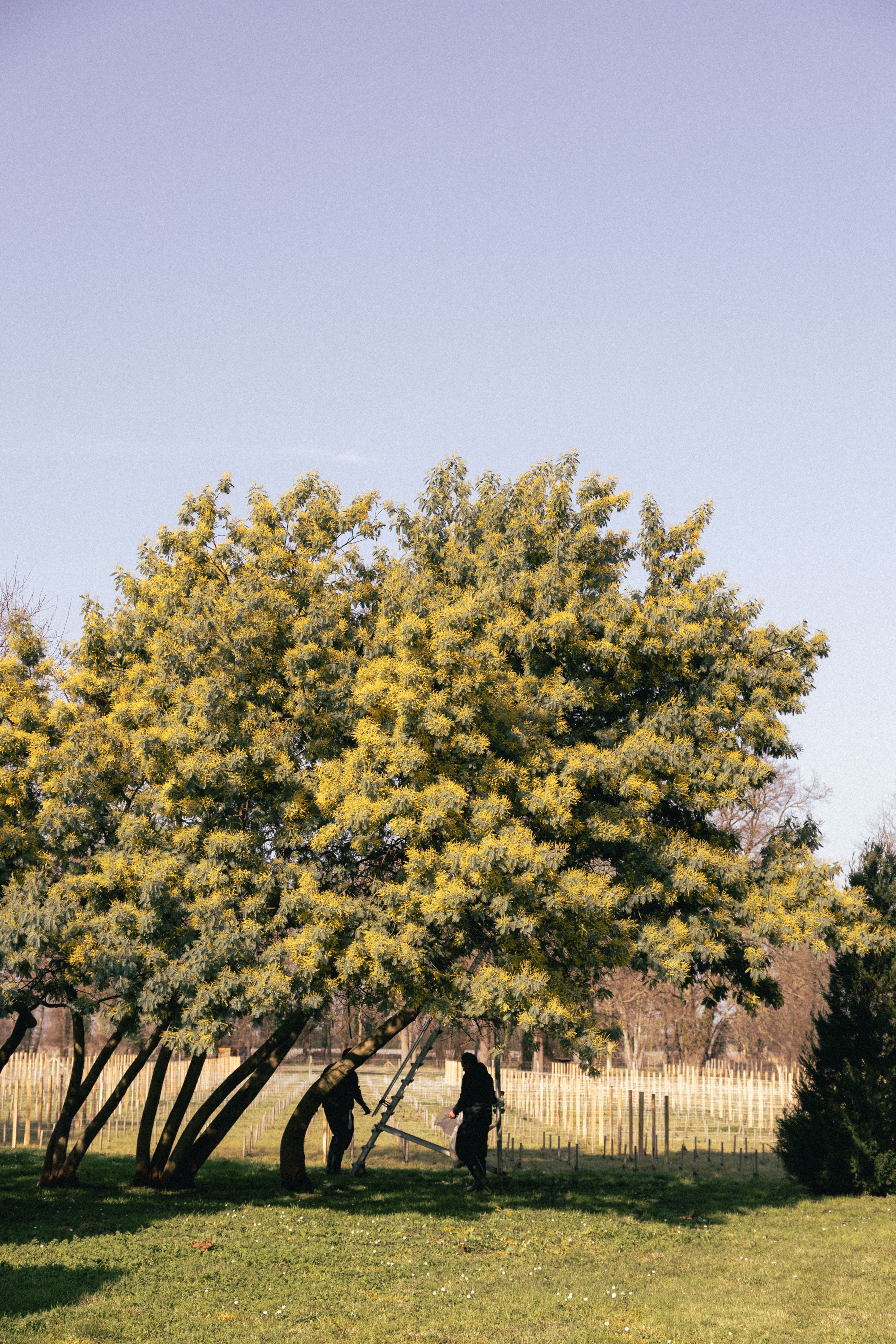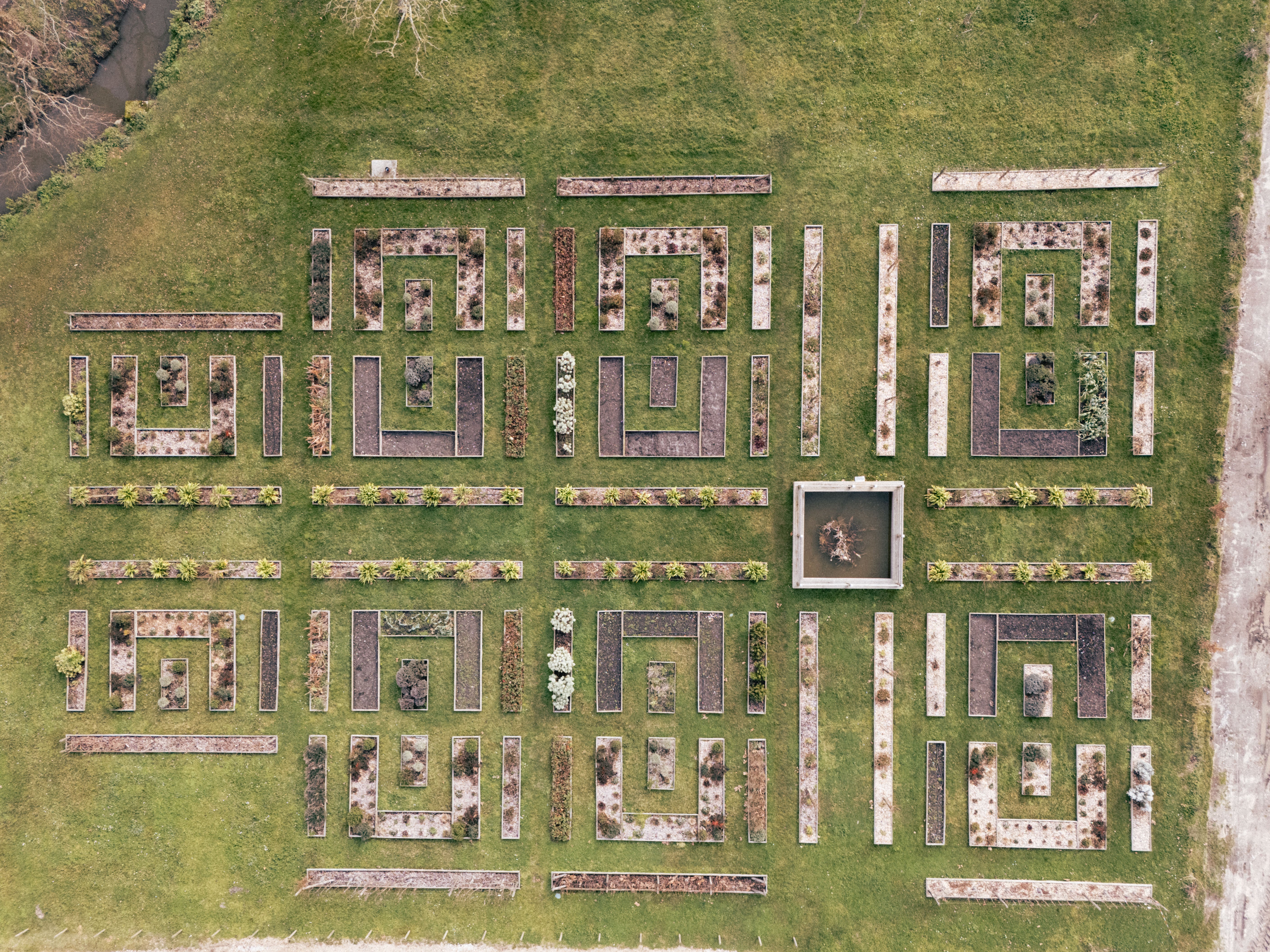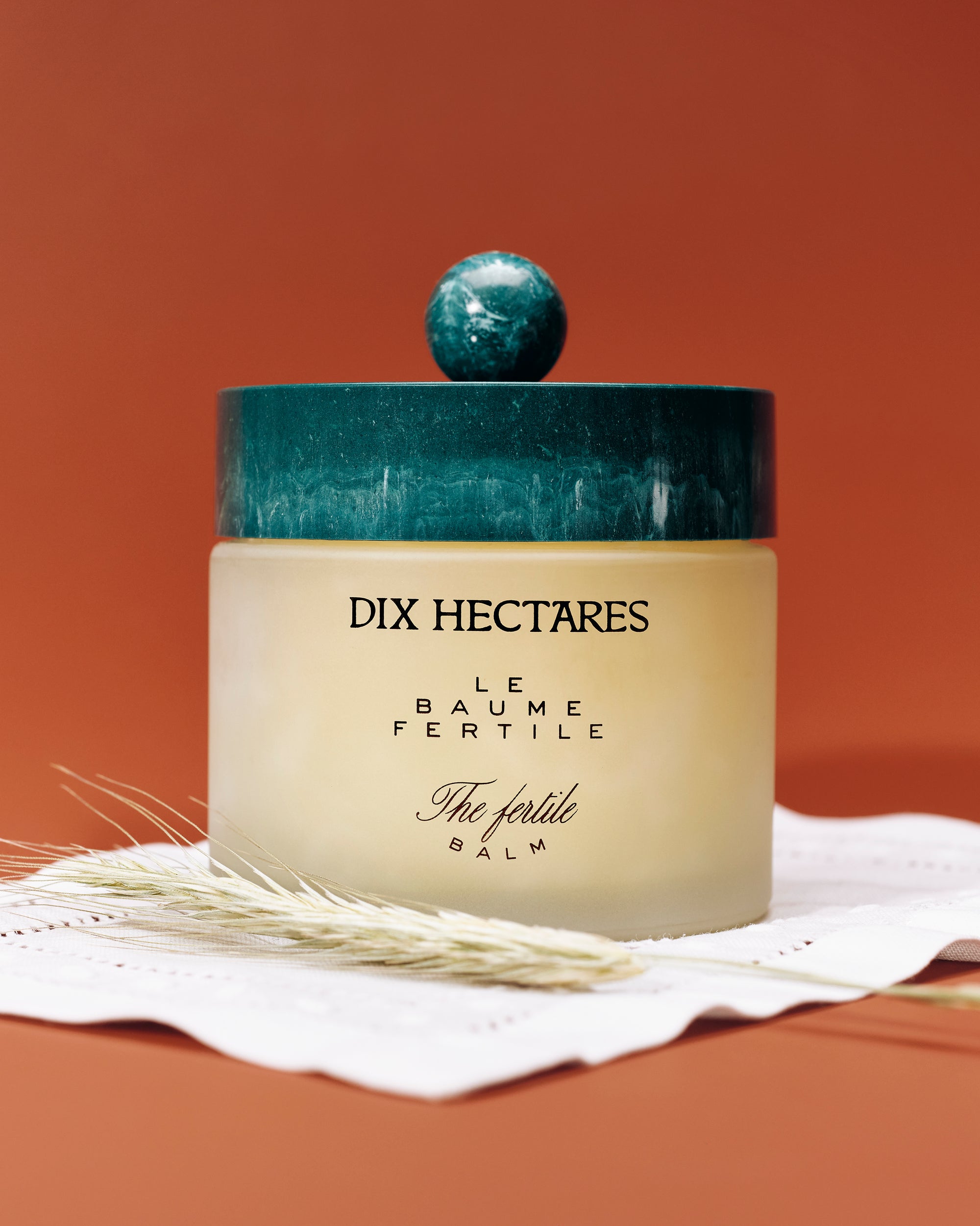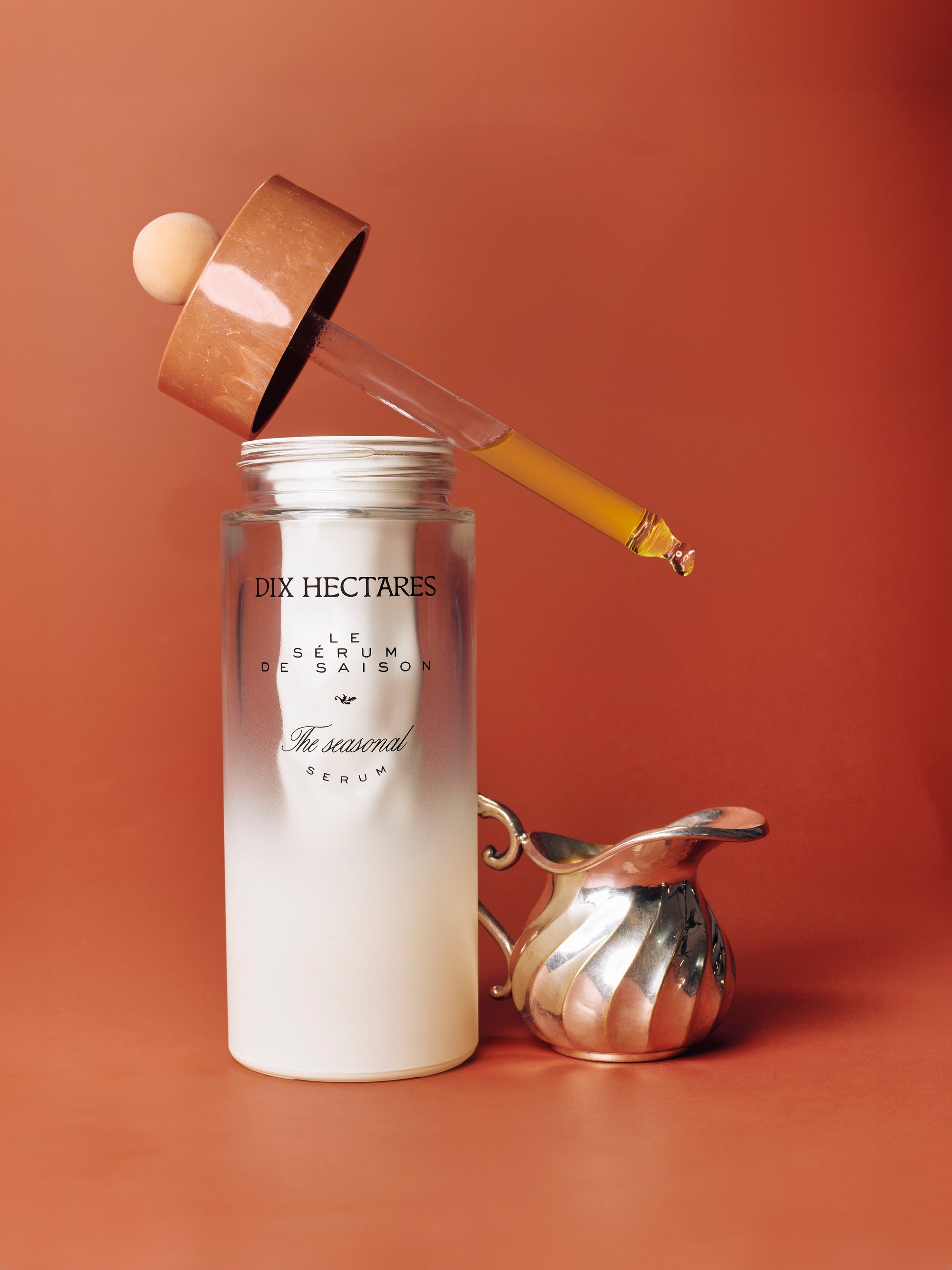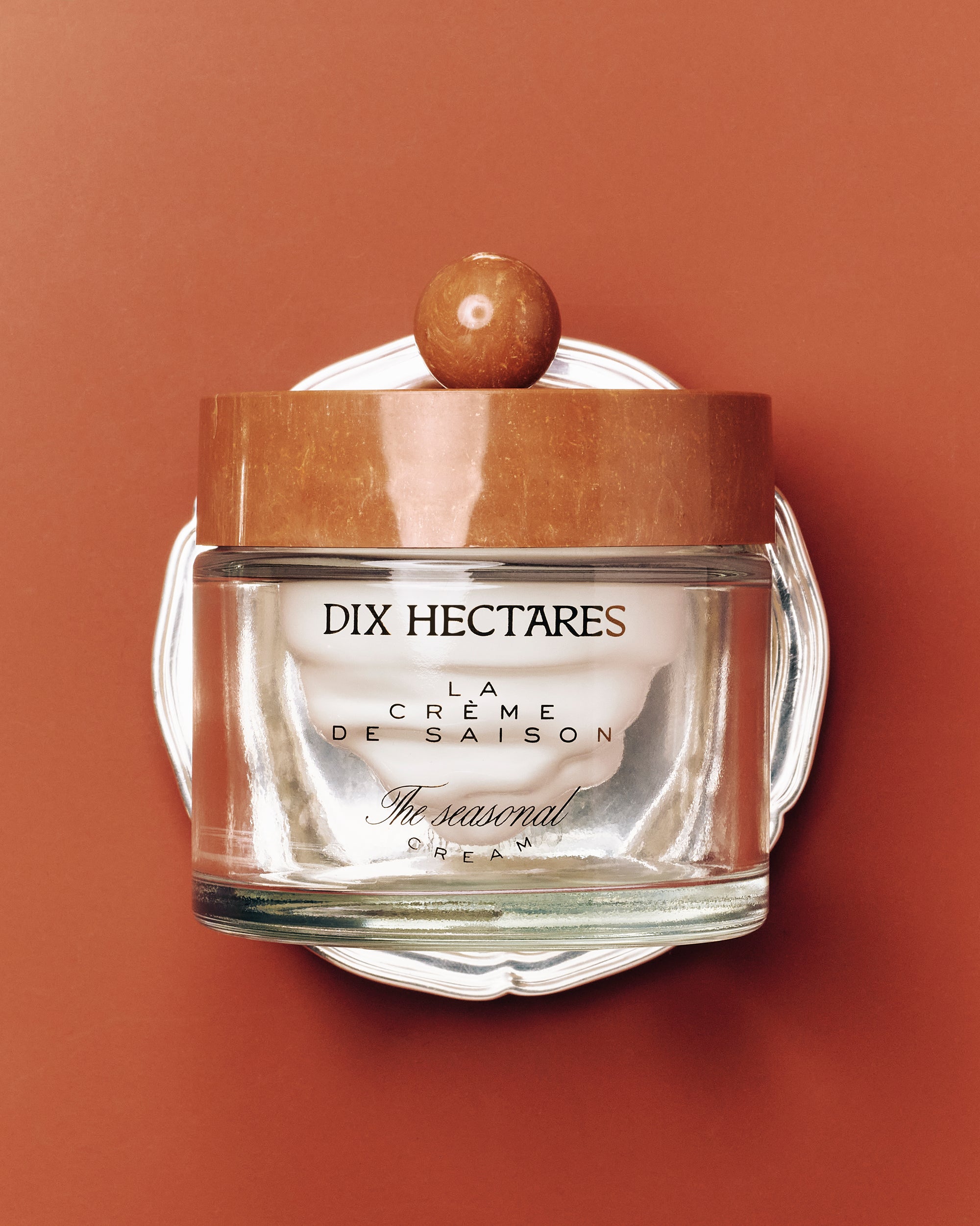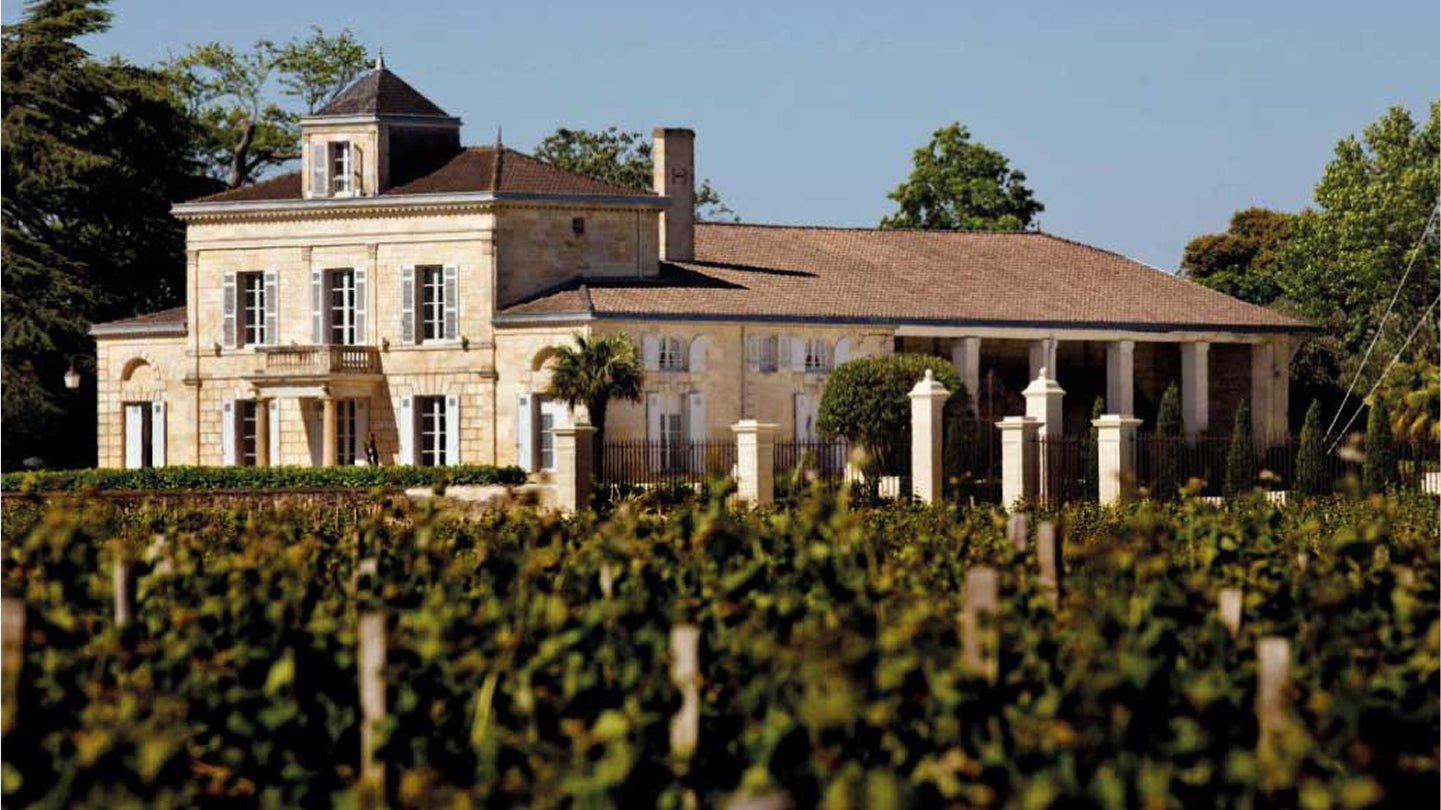
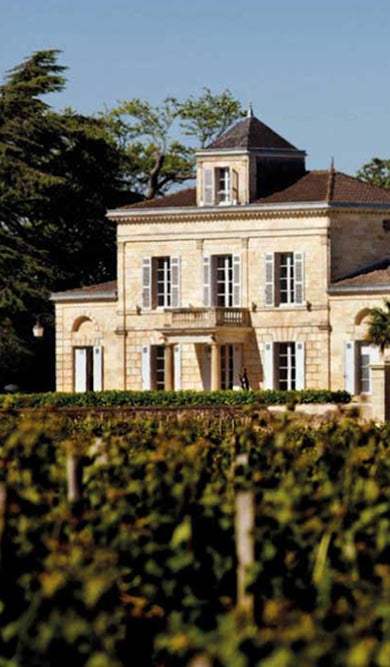
The
Soil
Château Montrose,
at the roots of Dix Hectares
The Dix Hectares parcel is intimately linked to Domaine de Montrose and the Médoc region. A unique territory, in the middle of the water, caught between the Atlantic Ocean and the Gironde.
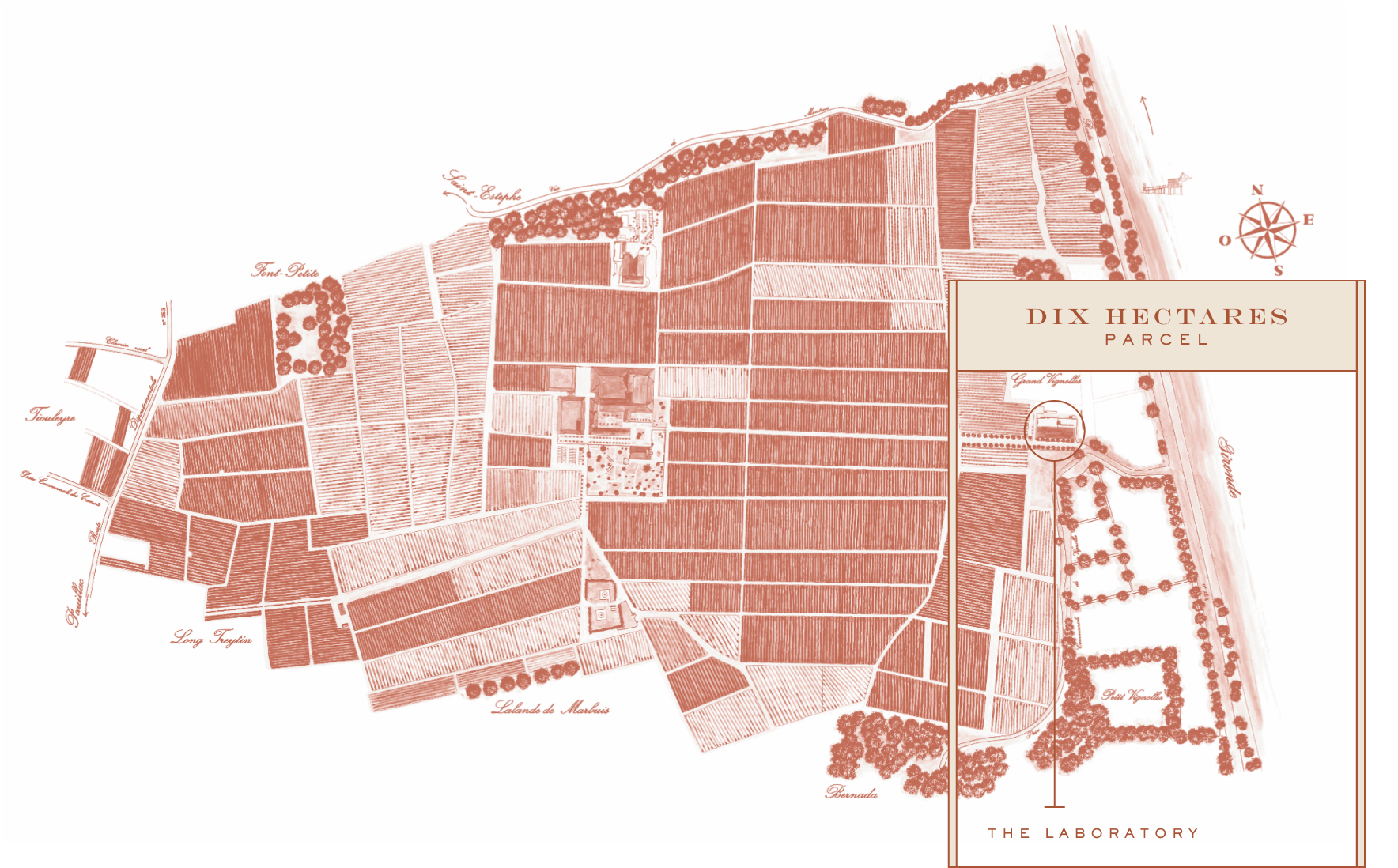

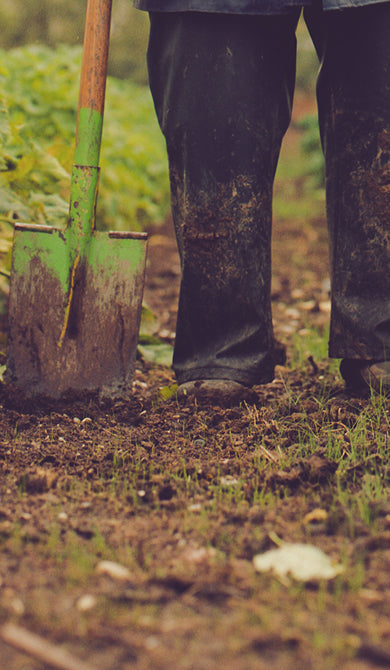
A 125-hectare
haven
A 125-hectare
haven
A carefully preserved biosphere that rests on an “elite core,” a geological formation composed of gravel and clay subsoil that shapes the identity and exceptional quality of the estate's wines.
1815
Bold projects are often born of intuition
1855
the estate was awarded the appellation of Second Grand Cru Classé
1866
Mathieu Dolfus, builder of a living vineyard
1896
The Charmolüe Era
2006
Looking to the future
2022
The birth of Dix Hectares
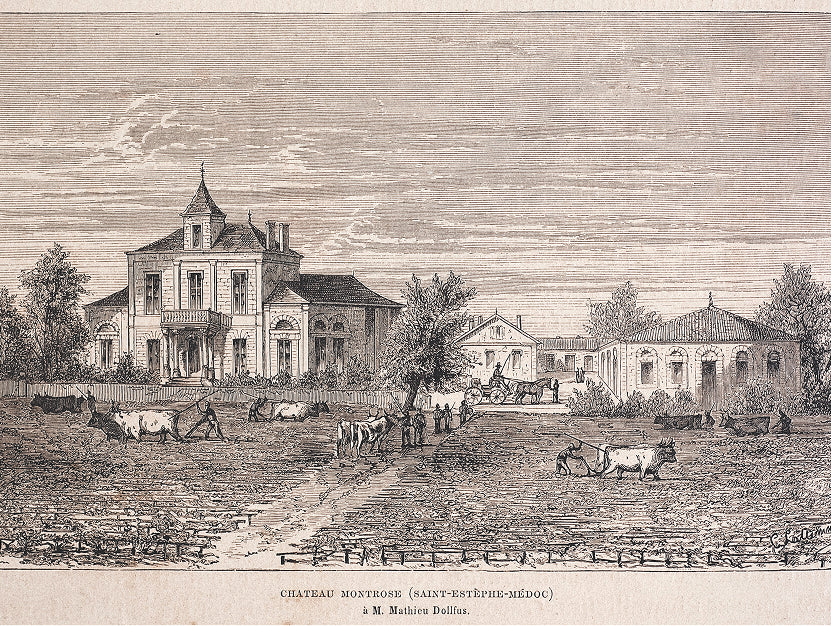
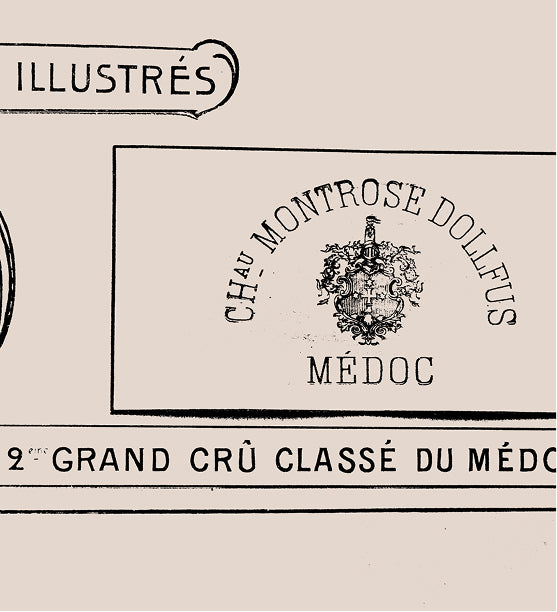
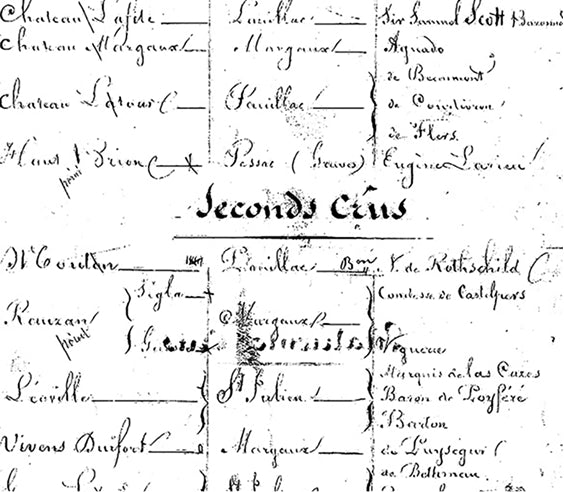

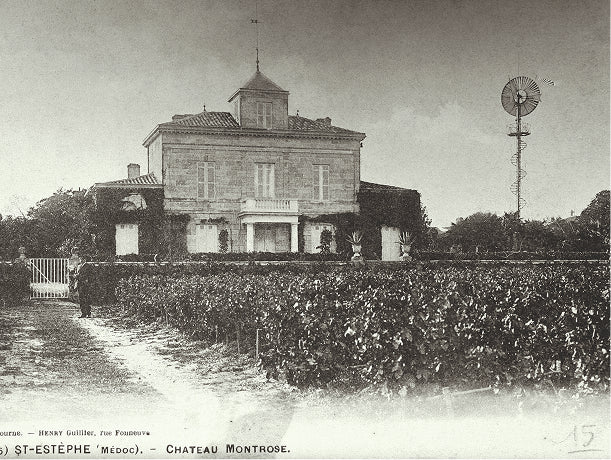
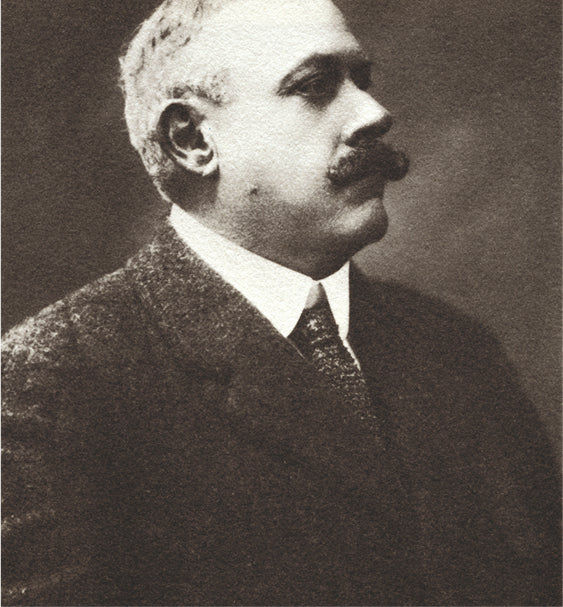

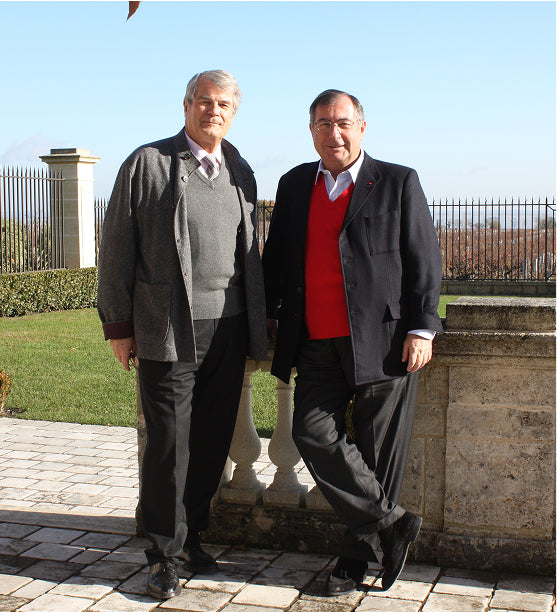
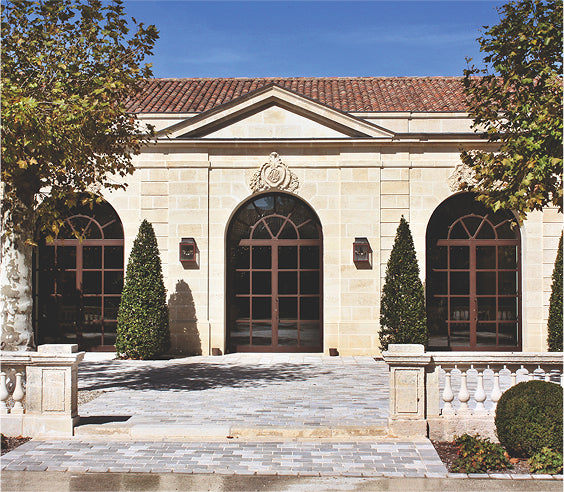
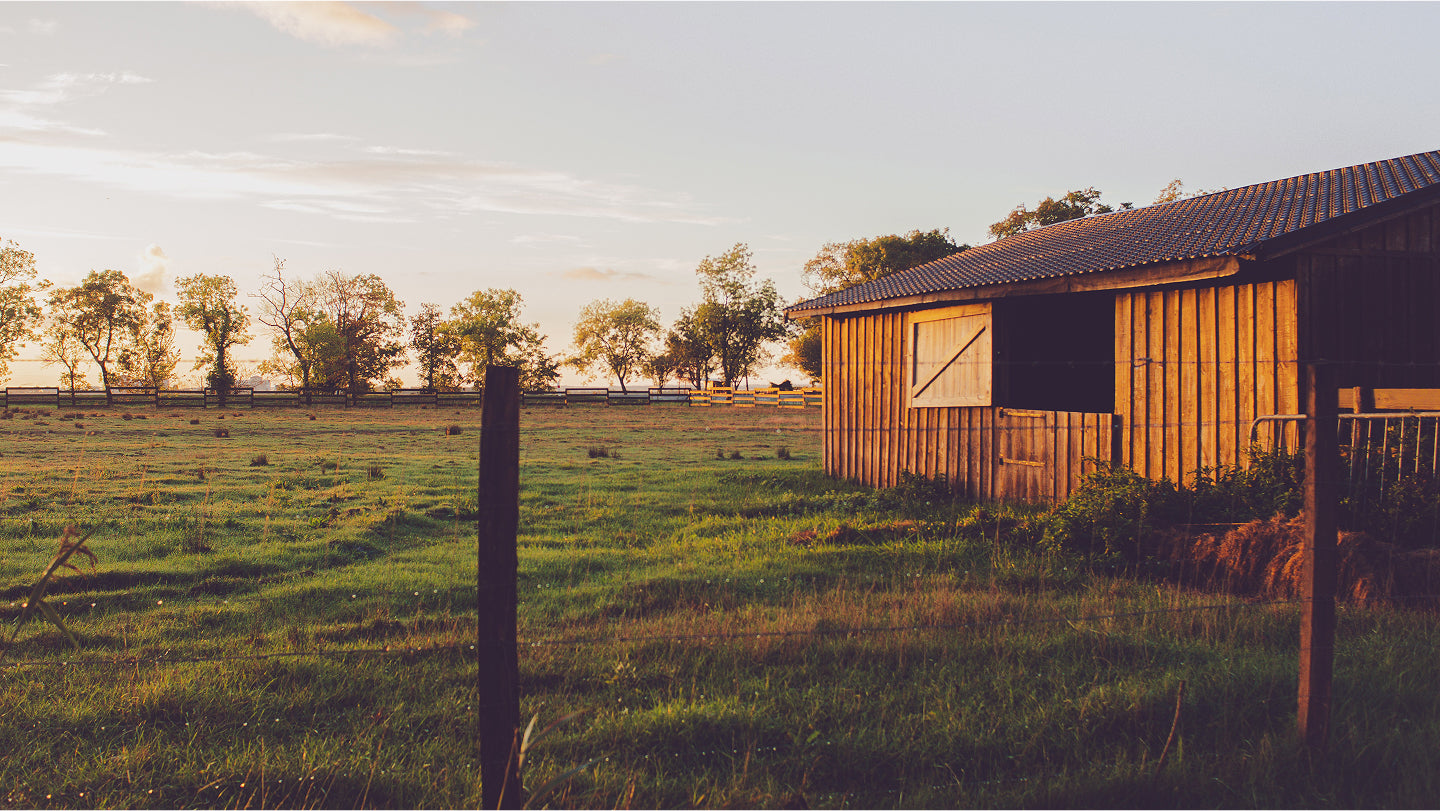
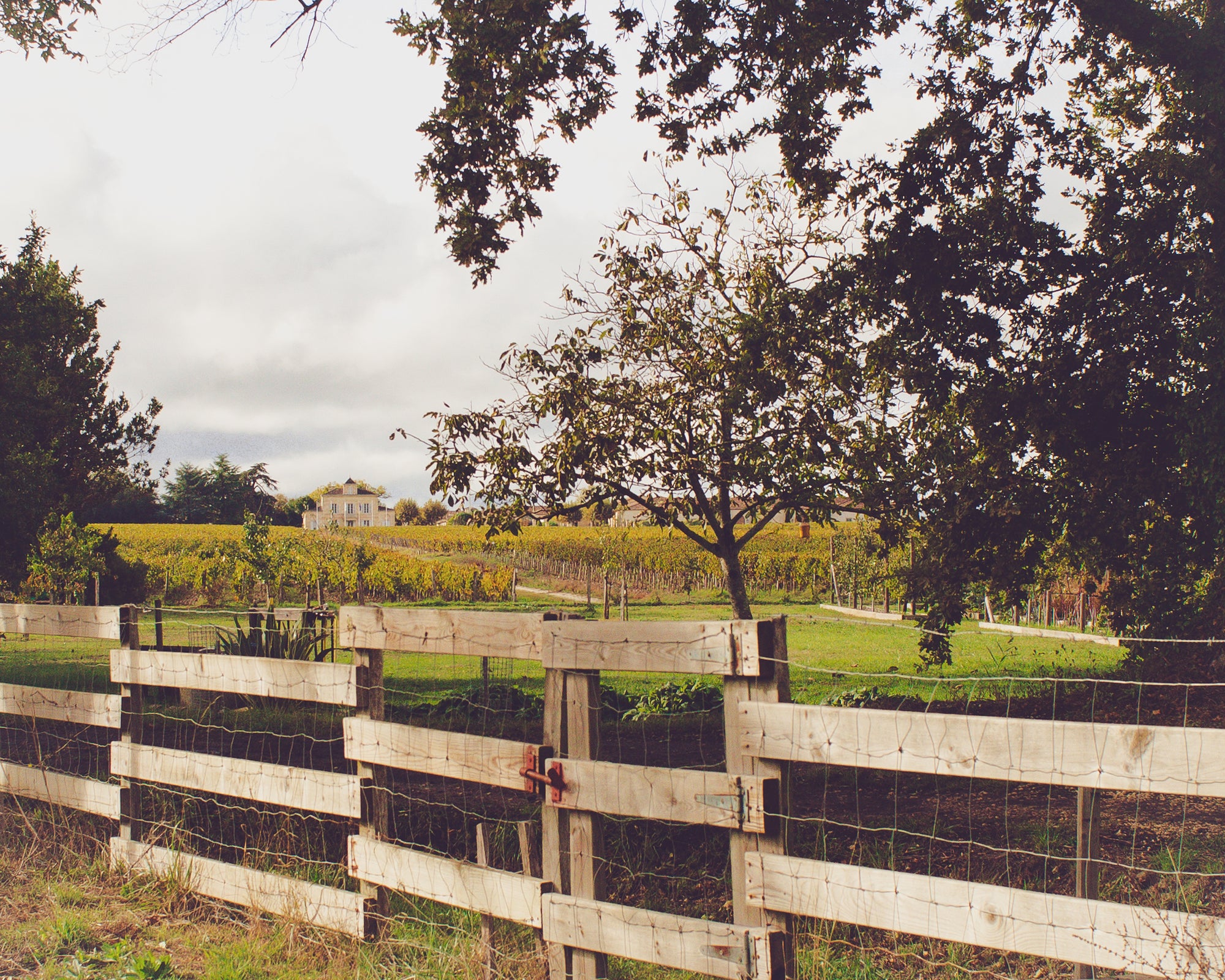
virtuous
lands
virtuous
lands
An ecosystem guided by ancestral agricultural practices, inspired by our knowledge of viticulture and enriched by our research into soil regeneration.
Crop
Journal
Crop
Journal
Having lain fallow for many years, the Dix Hectares plot has once again become nourishing land. Once awakened from its slumber, we had to take the time to observe and understand it, to understand it according to ancestral agricultural precepts, guided by the natural rhythm of the earth and good farming sense.
-
Summer 2022Soil survey and plot preparation, segmented according to fertility. Stubble ploughing and application of organic soil improvers to promote living soil.
-
Fall 2022Establishment of a regenerating plant cover and sowing of cereals using animal traction. Formulation of mounds and planting of perennials to structure crops and enrich the soil.
-
Winter 2022-2023Foliar application of biostimulants (horsetail and fern). Creation of biodiversity corridors to attract local wildlife, limit pests and encourage pollination.
-
Spring 2023Destruction of plant cover and return to the soil, stubble ploughing and enrichment with Montrose soil. Diversification of crops. First harvests.
-
Fall 2023Soil preparation, sowing and drawing up a crop rotation calendar.
-
Spring-Summer 2024Spring planting, introduction of new species followed by summer harvesting.
